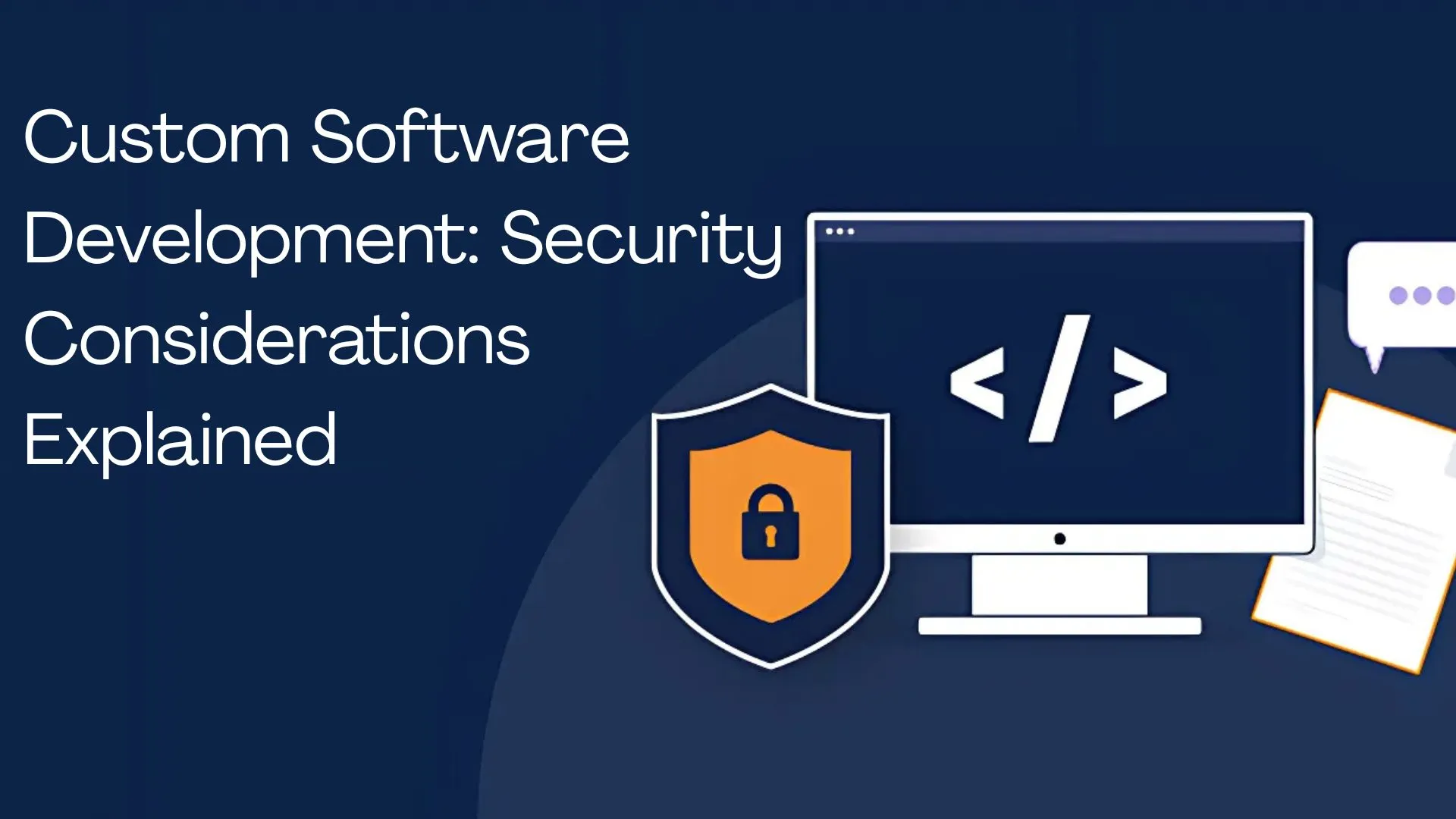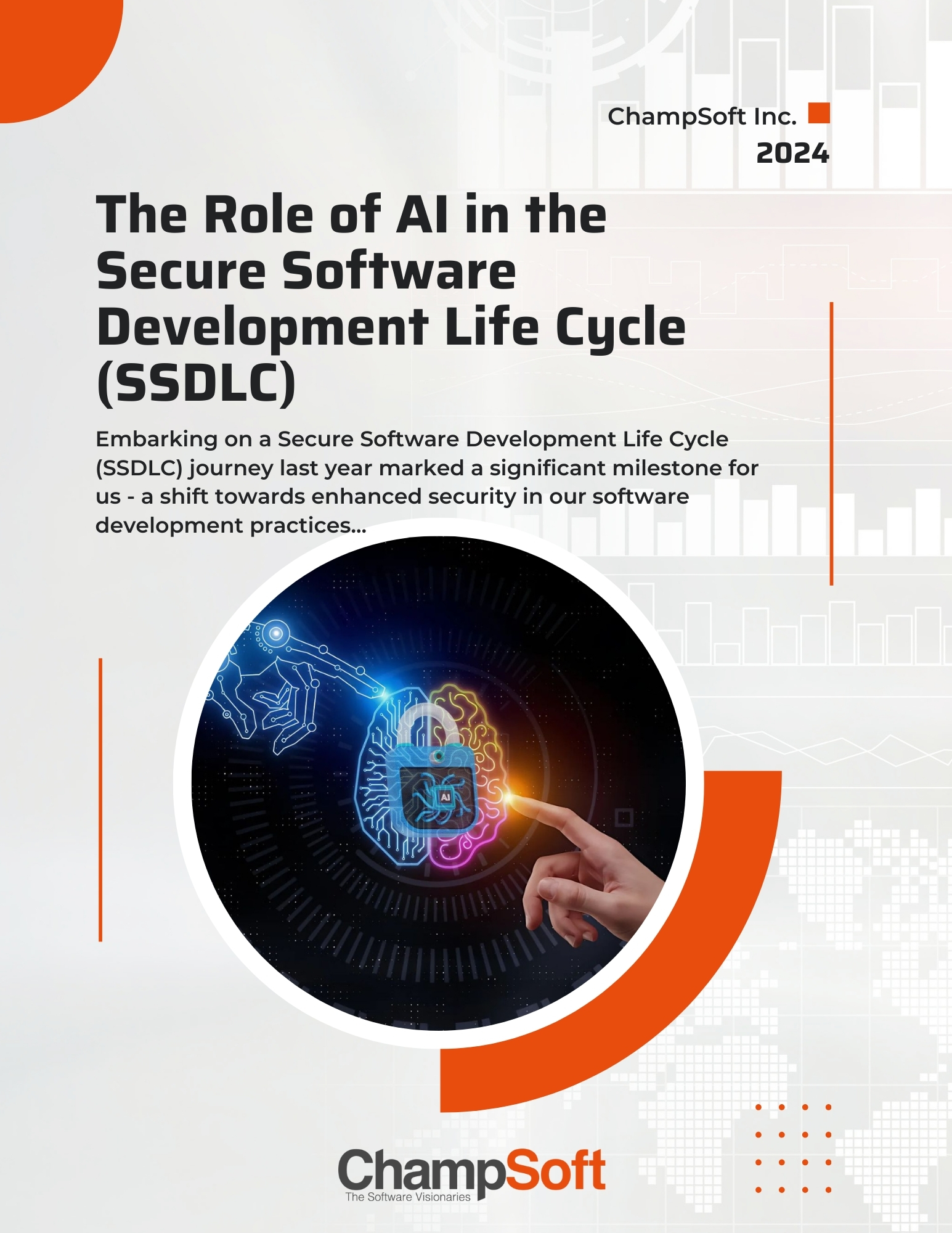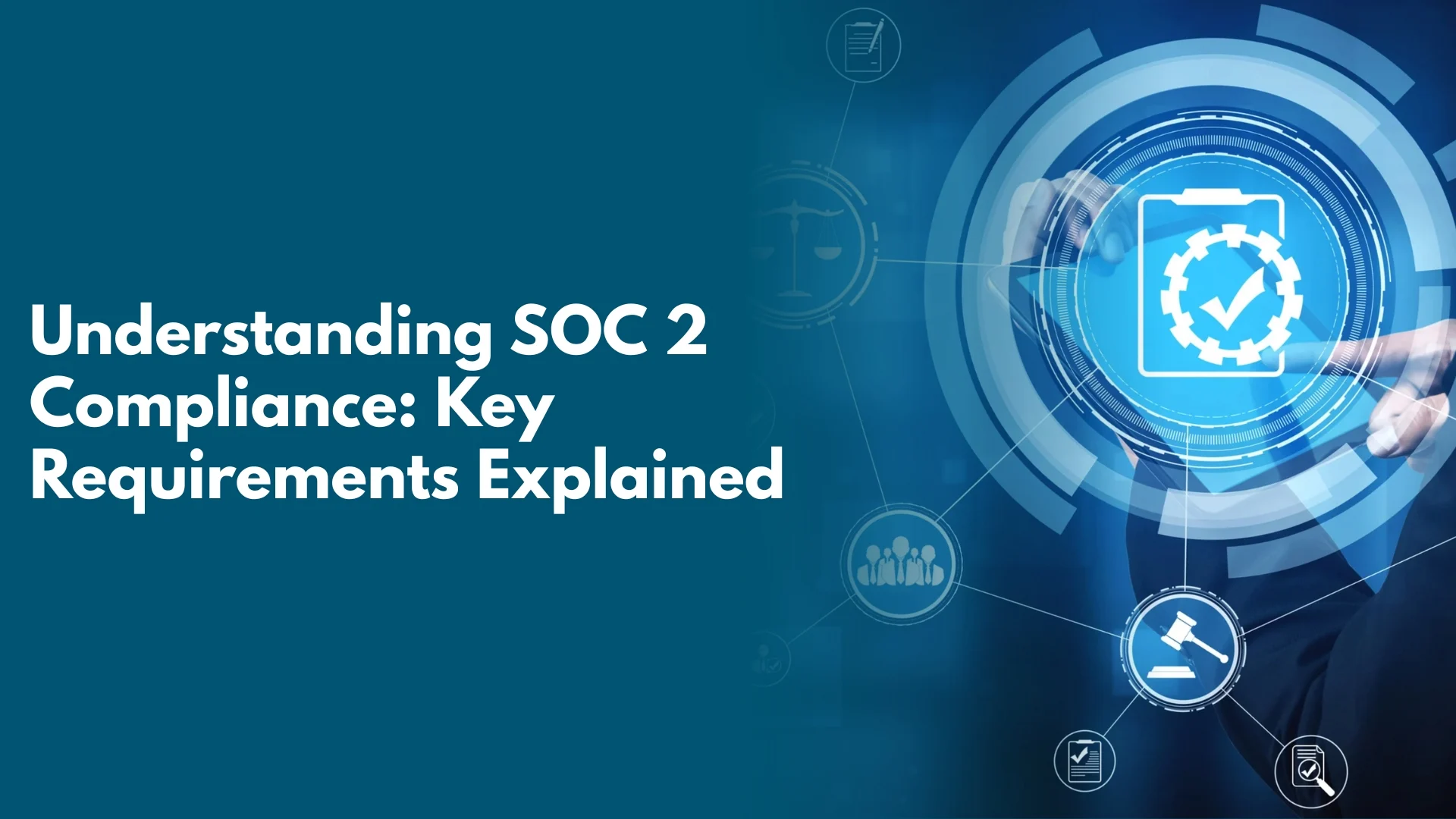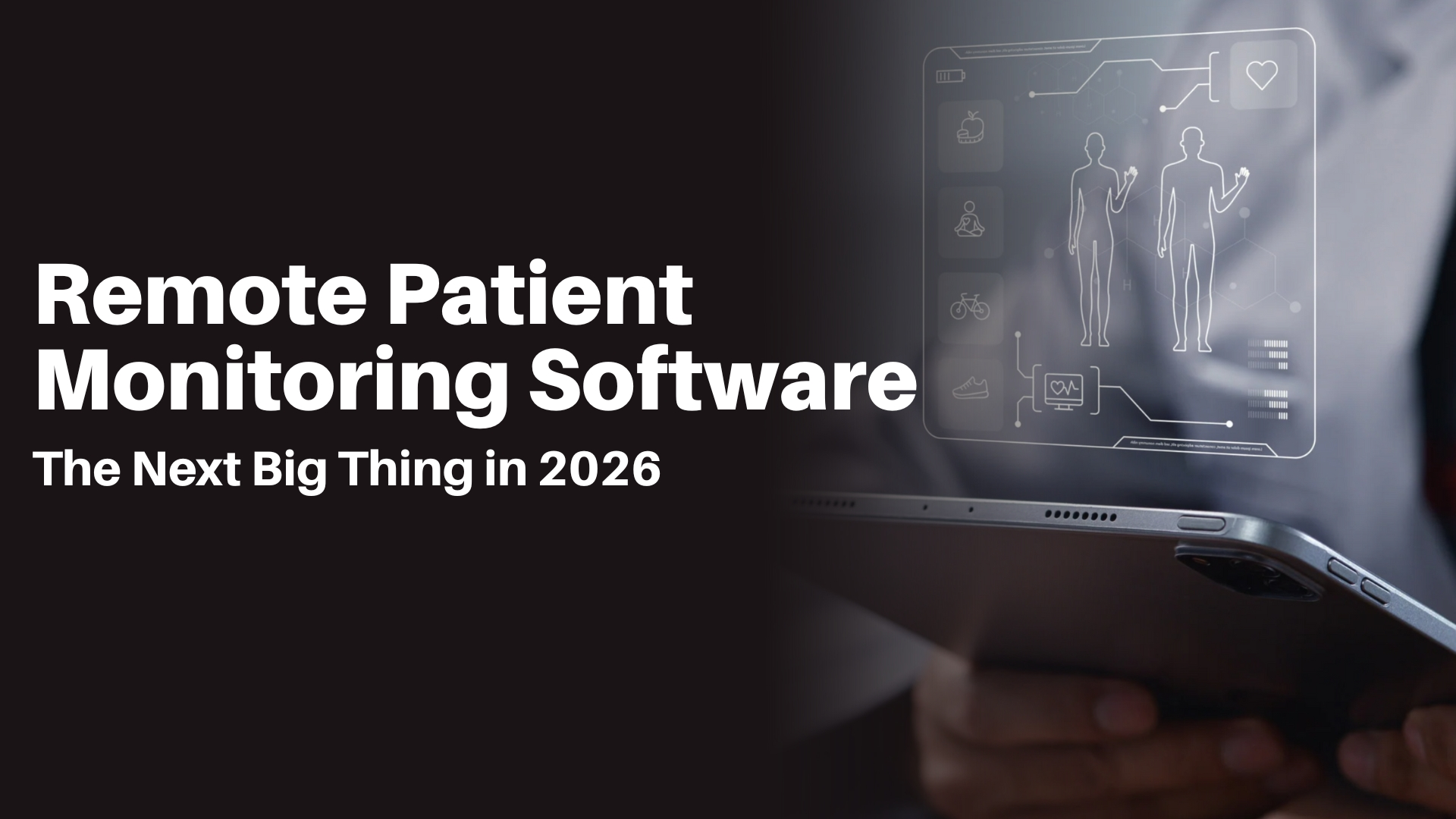Custom software remains secure by embedding security at every stage—from planning and design to deployment: use secure coding, input validation, error control, access rules, encryption, hardened APIs, and regular testing within a security‑first SDLC to prevent breaches and protect trust.
What is secure‑by‑design development?
Designing software with security at the forefront—before a single line of code—is increasingly essential. It uses threat modeling, layered security patterns, and the principle of least privilege to anticipate and block vulnerabilities from day one.
Why is secure coding the foundation of safe software?
Secure coding proactively eliminates typical vulnerabilities (SQL injection, XSS, buffer overflows). It saves time and money by catching bugs early and building long‑term reliability and trust.
Core best practices:
- Input validation & sanitization
Rely exclusively on server‑side validation; use whitelisting, type checks, length/range limits, canonicalization. Prevent injection attacks and malformed input. - Error handling & output encoding
Keep error messages generic to avoid leaking system info. Encode outputs to prevent XSS/XML/SQL injections. - Avoid insecure patterns
Don’t hard‑code secrets. Use vetted libraries, security linters (like SAST), and implement defensive programming.
How do you secure APIs—your software’s front door?
APIs are frequent targets. Secure them by:
- Gateway use (rate‑limiting, traffic monitoring)
- Authentication & authorization (OAuth 2.0, RBAC, MFA)
- Input validation, output minimization, logging anomalies
What tools support a Secure Software Development Life Cycle (SSDLC)?
Integrate these into every phase of development:
- Shift‑Left Security: early threat modeling, risk assessment from planning
- Automated analysis: static/dynamic scans in CI/CD pipelines
- Regular audits & updates: secure deployments, dependency hygiene, patch management
Why protect software using encryption, obfuscation, and secure deployment?
These steps fortify your defenses in production:
- Encryption: essential for data at rest and transit; strong encryption combined with secure key management prevents unauthorized access.
- Code obfuscation: thwarts reverse engineering, protecting IP and lowering exploitation risk. Not a full fix, but adds complexity for attackers.
- Secure deployment: use automated pipelines, hardened environments, and server config checks to reduce risk at launch
What are the benefits of taking a security‑first approach?
- Better quality – security measures improve overall code stability
- Fewer breaches – vulnerabilities discovered early prevent costly leaks
- Increased trust & compliance – customers and regulators value proactive security
- Cost‑effective – fixing issues late becomes exponentially expensive
In today’s digital world, custom software development has become an essential part of many businesses. However, with increased reliance on software comes the growing risk of cyber threats. To protect your business and its data, it’s crucial to prioritize security in the software development process. In this article, we’ll explore the key security considerations you need to keep in mind when developing custom software.
The process of custom software development involves creating tailor-made solutions that meet specific organizational needs. As businesses increasingly lean on these bespoke solutions to streamline operations and enhance customer experiences, they become more susceptible to cyberattacks. Therefore, understanding and integrating security protocols into the development process is not just an option’s a necessity. This article will delve deeper into the strategies and practices that can fortify your software against potential threats.
The Importance of Secure Coding Practices
Secure coding practices are the foundation of secure software solutions. They involve writing code in a way that minimizes vulnerabilities and protects against security threats. Here are some essential secure coding practices to follow:
Secure coding isn’t just about preventing immediate threats; it’s about instilling a culture of security within the development team. By adopting practices that focus on anticipating potential vulnerabilities, developers can effectively mitigate risks before they manifest. This proactive approach not only safeguards the software but also ensures it remains robust against evolving threats over time.
Input Validation
Input validation is a process that ensures the data entered into a system is correct and safe. By validating input, you can prevent malicious data from causing harm. This includes checking for unexpected characters or SQL injection attacks.
Ensuring that all data inputs are validated helps maintain the integrity and security of the software. By implementing stringent input validation techniques, developers can guard against a wide array of attacks, such as cross-site scripting (XSS) and buffer overflow attacks. Effective input validation involves using a combination of whitelisting and blacklisting techniques to filter out harmful data before it can cause any damage.
Error Handling
Proper error handling is crucial for maintaining software security. It involves managing errors in a way that doesn’t expose sensitive information to users or attackers. Always ensure that error messages are vague and provide minimal information about the system.
Beyond just being a security measure, effective error handling helps maintain the software’s usability and reliability. When errors are not handled properly, they can lead to software crashes and data loss, which can be detrimental to user experience. Moreover, by logging errors securely, developers can gain insights into potential vulnerabilities and areas for improvement without compromising the system’s integrity.
Access Control
Access control ensures that only authorized users can access certain parts of a system. Implementing strong access control measures, such as role-based access control (RBAC), can help protect your software from unauthorized access.
Access control is more than just assigning roles; it’s about continuously monitoring and adjusting access privileges as necessary. This involves regular audits and updates to ensure that only the necessary personnel have access to sensitive areas of the software. By integrating multi-factor authentication (MFA) and other advanced techniques, businesses can further enhance the security of their software applications.
Secure Software Solutions: Building a Strong Foundation
Creating secure software solutions starts with a security-first approach to custom software development. This means considering security at every stage of the development process, from design to deployment. Here are some steps to help you build secure software solutions:
Emphasizing security from the outset ensures that it becomes an integral part of the software’s architecture rather than an afterthought. This approach not only reduces the risk of vulnerabilities but also streamlines the development process by eliminating the need for extensive revisions later on. By embedding security into the DNA of the software, developers can create more resilient and trustworthy applications.
Security-Driven Development
Security- driven development focuses on identifying and addressing security risks during the development process. By integrating security into the development lifecycle, you can reduce the likelihood of vulnerabilities and improve the overall security of your software.
This method encourages collaboration between developers and security experts to identify potential threats early on. By conducting regular threat modeling and risk assessments, teams can prioritize security tasks effectively. This proactive stance not only protects the software from known threats but also equips it to handle emerging challenges in the cybersecurity landscape.
Secure Application Design
Secure application design involves creating software with security in mind from the outset. This includes considering potential threats, choosing secure architectures, and implementing best practices for data protection. When designing your software, always think about how to minimize potential attack vectors.
Choosing the right architecture is crucial in minimizing security risks. By opting for modular and layered architectures, developers can isolate and protect sensitive components of the software. Additionally, employing encryption and secure communication protocols further bolster the application’s defenses against unauthorized access and data breaches.
Regular Security Assessments
Regular security assessments are essential for maintaining secure software solutions. These assessments involve testing your software for vulnerabilities and ensuring that security measures are effective. By conducting regular assessments, you can identify and address potential security issues before they become a problem.
Security assessments should be a continuous process rather than a one-time check. By utilizing automated tools alongside manual testing, businesses can maintain a comprehensive view of their software’s security posture. Regular updates and patches based on these assessments help keep the software resilient against evolving cyber threats.
Software Protection Methods: Safeguarding Your Application
To protect your custom software from security threats, it’s essential to implement a range of software protection methods. These methods help safeguard your application and ensure that it remains secure throughout its lifecycle. Here are some key software protection methods to consider:
Employing a multi-layered security approach ensures that even if one method fails, others can still protect the software. This redundancy is crucial in today’s complex cyber threat landscape, where attackers continuously devise new strategies to breach software defenses. By combining various protection methods, businesses can significantly enhance the overall security of their applications.
Encryption
Encryption is a process that converts data into a secure format, making it unreadable to unauthorized users. By encrypting sensitive data, you can protect it from being accessed by attackers. Always use strong encryption algorithms and ensure that encryption keys are stored securely.
Encryption is not just about protecting data at rest but also in transit. By employing end-to-end encryption, businesses can ensure that data remains secure as it moves across networks. Furthermore, regular updates to encryption protocols are necessary to safeguard against vulnerabilities and enhance security.
Code Obfuscation
Code obfuscation is a technique that makes your software’s code difficult to understand. This can help protect your application from reverse engineering, making it harder for attackers to exploit vulnerabilities. While obfuscation isn’t a foolproof solution, it adds an additional layer of security.
Beyond just hiding the code’s logic, obfuscation can deter intellectual property theft and help maintain a competitive edge. While it doesn’t eliminate vulnerabilities, it raises the barrier for attackers, making it more challenging for them to identify and exploit potential weaknesses.
Secure APIs
APIs (Application Programming Interfaces) are essential for enabling communication between software components. However, they can also be a potential security risk if not implemented correctly. To ensure secure APIs, use authentication and authorization methods, encrypt data, and validate input.
Monitoring API usage and setting rate limits can prevent abuse and potential security breaches. Additionally, employing secure API gateways and regularly updating API endpoints can further enhance security, ensuring that only authorized interactions occur between the software and external systems.
The Role of Security in Custom Software Development
Security-driven development is a crucial part of custom software development. By prioritizing security throughout the development process, you can create software that not only meets your business needs but also protects your data and systems from cyber threats.
Security should be seen as a collaborative effort involving all stakeholders in the development process. By fostering a culture of security awareness, businesses can ensure that every team member—from developers to project managers—contributes to the creation of secure software. This collective responsibility is key to adapting to the ever-evolving cybersecurity landscape.
Integrating Security into Your Development Process
To integrate security into your development process, start by establishing a security-first mindset among your team. Encourage collaboration between developers, security experts, and other stakeholders to ensure that security is considered at every stage of development. Additionally, provide regular training and updates on secure coding practices and software protection methods.
Security integration requires continuous education and adaptation. As new threats emerge, teams must stay informed about the latest security trends and techniques. By investing in ongoing training and fostering open communication channels, businesses can equip their teams to anticipate and address potential security issues proactively.
The Benefits of Security-First Custom Software Development
By adopting a security-first approach to custom software development, you can enjoy several benefits. These include:
- Improved software quality: By addressing security concerns early in the development process, you can create more reliable and stable software.
- Reduced risk of data breaches: Security-first development helps minimize vulnerabilities, reducing the likelihood of data breaches and their associated costs.
- Increased customer trust: By demonstrating a commitment to security, you can build trust with your customers and enhance your brand’s reputation.
A security-first approach also fosters innovation by freeing developers from the constant fear of security setbacks. With a solid security foundation, teams can focus on creating cutting-edge features and enhancements. Moreover, businesses that prioritize security often find themselves ahead of regulatory compliance requirements, reducing the risk of legal repercussions.
Conclusion
In conclusion, security considerations are an essential part of custom software development. By following secure coding practices, building secure software solutions, and implementing software protection methods, you can create applications that are both functional and secure. Prioritizing security in your development process not only protects your business and its data but also enhances your software’s overall quality and reliability. As you embark on your custom software development journey, remember that security should always be a top priority.
Embracing a security-first mindset not only safeguards your software but also positions your business as a trusted leader in your industry. By continuously evolving your security strategies and fostering a culture of awareness, you can navigate the digital landscape with confidence and resilience. As technology continues to advance, maintaining a vigilant approach to security will be crucial in sustaining long-term success and innovation.







